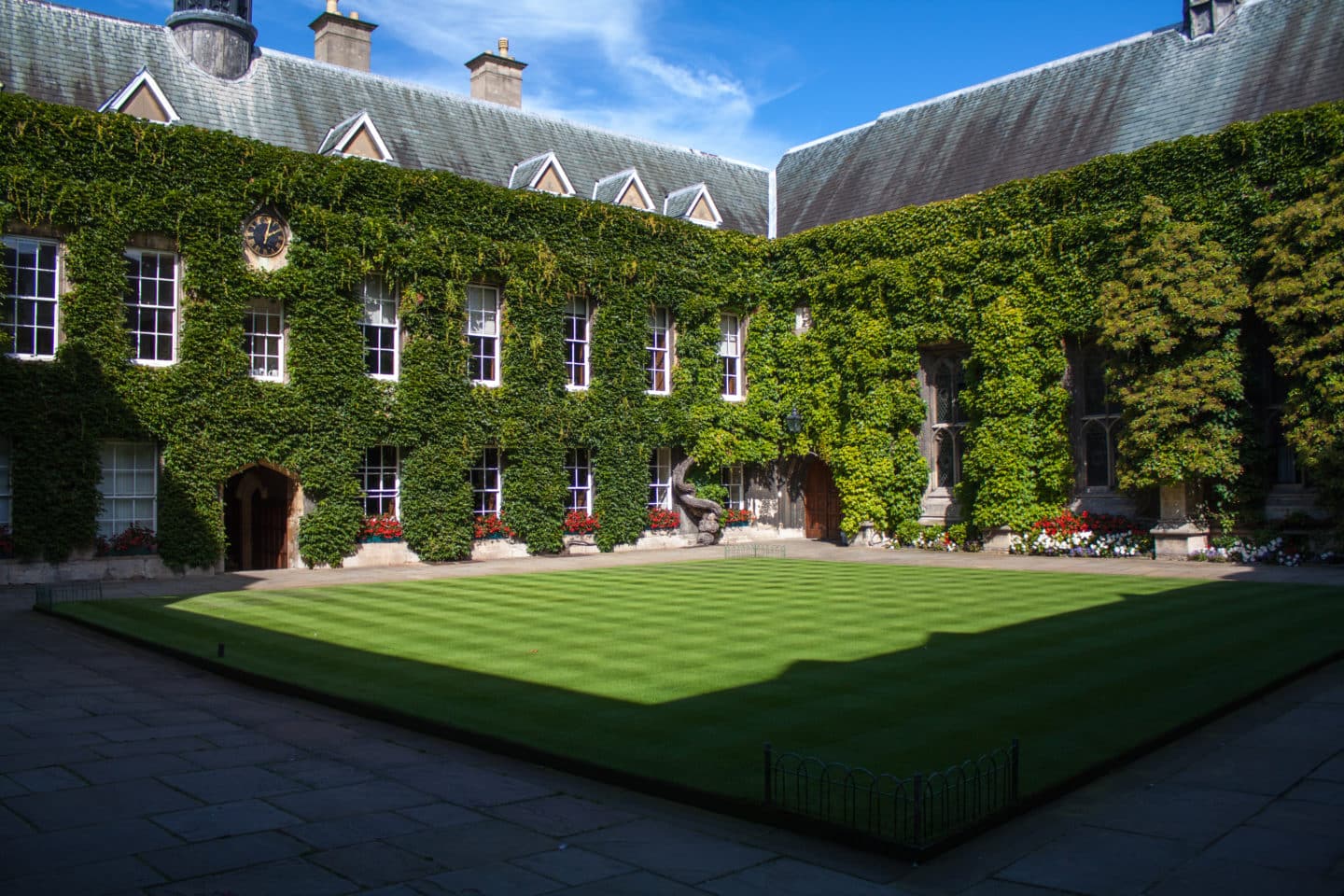
Professor Dominic Vella
Professor Dominic Vella
- Tutorial Fellow in Applied Mathematics
- Website Fellow
- Harassment Adviser
Profile
I studied Mathematics at Trinity College, Cambridge (BA and MMath) before spending a year at Harvard as a Special Student, and then returning to Cambridge for my PhD. I then spent two years in Paris as a post-doctoral fellow (supported by the 1851 Royal Commission) and a further year as a Junior Research Fellow back in Cambridge, before moving to Oxford in January 2011 to take up my current position.
College teaching
My college teaching focuses on the Physical Applied Mathematics options in the first two years of the Undergraduate curriculum. In particular, I usually teach Geometry and Dynamics in Prelims, as well as Fluids & Waves in Part A.
- Research
My research currently focuses on elastic instabilities including wrinkling and snap-through. These are of growing importance in a variety of engineering applications because they are natural means by which to generate regular patterns that can be changed quickly, even at small scales. However, these applications are typically difficult to describe mathematically because they occur where instability is well-developed. My group’s work focuses on developing such mathematical models, and comparing their predictions with the results of illustrative table top experiments.
Watch a video on my research here.
- Select publications
Dynamics of wrinkling in ultrathin elastic sheets, Proc. Natl Acad. Sci. USA 116, 2019, doi: 10.1073/pnas.1905755116
Buffering by buckling as a route for elastic deformation, Nat. Rev. Phys. 1, 2019, 425-436, doi: 10.1038/s42254-019-0063-1
Critical slowing down in purely elastic `snap-through' instabilities, Nat. Phys. 13, 2017, 142-145, doi: 10.1038/nphys3915
Wrinkling reveals a new isometry of pressurized elastic shells, EPL 112, 2015, 24007, doi: 10.1209/0295-5075/112/24007
The 'Cheerios effect', Am. J. Phys. 73, 2005, 817-825, doi: 10.1119/1.1898523